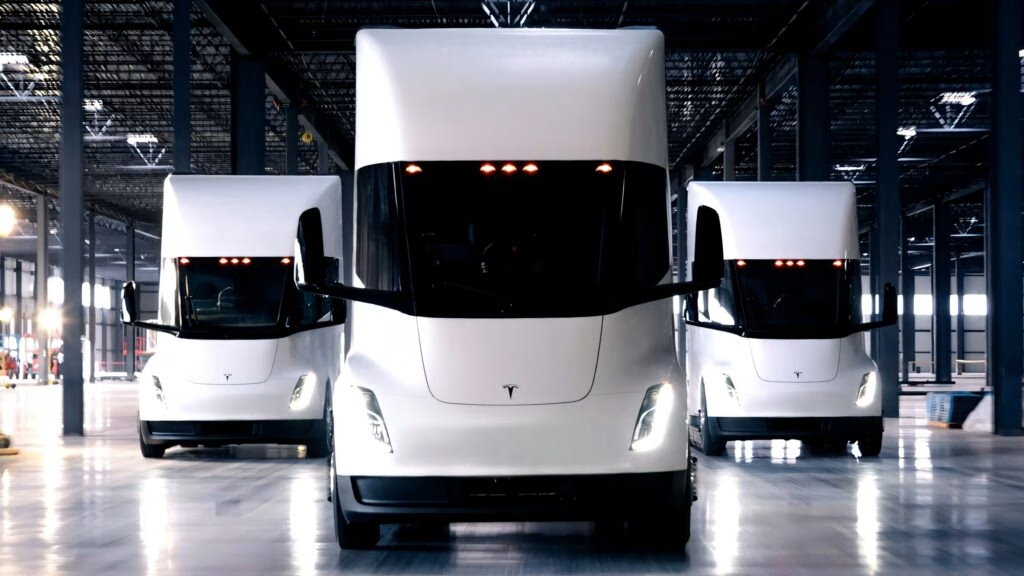California is stepping up its game in the world of autonomous vehicles (AVs) with some exciting new proposals that could reshape the landscape of self-driving technology. If you’re curious about what these changes mean for the future of transportation, you’re in the right place. Let’s dive into the details.
What Are the Proposed Changes to California’s AV Regulations?
The California Department of Motor Vehicles (DMV) is looking to update its regulations for autonomous vehicles, and these changes could have significant implications. One of the most notable proposals is to allow heavy-duty trucks—those weighing over 10,001 pounds—to begin testing their autonomous systems on California highways. This is a big deal because, until now, the state has primarily focused on lighter vehicles, like passenger cars and taxis.
To get in on this testing, companies will need to secure a DMV-approved permit and log at least 500,000 miles of testing. This is no small feat, but it aligns with the growing trend of AV testing in other states like Texas and Arizona, where heavy-duty trucks are already hitting the roads autonomously.
What About Light-Duty Vehicles?
The proposed regulations don’t stop at heavy-duty trucks. Light-duty vehicles, such as those from Waymo and Tesla, will also face stricter requirements. Initially, these vehicles must have a safety driver present during testing. After completing a set number of miles—50,000 to be exact—they can apply for permits to operate without a driver. This phased approach aims to ensure safety while allowing innovation to flourish.
Moreover, the regulations will require more frequent and comprehensive data reporting from AV manufacturers. This means that companies will need to provide the state with detailed insights into their testing processes and outcomes, which could enhance transparency and public trust in autonomous technology.
Why Is This Important Now?
These updates come at a time when the federal government is also revising its rules regarding autonomous vehicles, particularly around crash reporting. The Trump administration’s changes aim to streamline the process for companies like Tesla to get their vehicles on the road. As California pushes forward with its own regulations, it’s clear that the state is trying to maintain its position as a leader in AV technology while ensuring public safety.
The DMV spokesperson emphasized that these proposed regulations represent some of the most comprehensive rules in the nation, highlighting California’s commitment to fostering innovation and enhancing safety. The public will have a chance to weigh in on these proposals during a 45-day comment period, culminating in a public hearing scheduled for June 10.
What’s Next for AV Testing in California?
As California moves forward with these proposals, the landscape for autonomous vehicles is set to evolve rapidly. With heavy-duty trucks potentially joining the ranks of self-driving vehicles on the highways, we could see significant changes in logistics and transportation efficiency. Imagine a future where goods are transported across the state without a human driver behind the wheel—it’s not as far-fetched as it once seemed.
The big takeaway? California’s push for updated AV regulations isn’t just about keeping pace with other states; it’s about setting a standard for safety and innovation in the autonomous vehicle industry. As these changes unfold, they’ll likely influence how AV technology develops across the country. So, keep an eye on this space—what happens in California often sets the tone for the rest of the nation.

